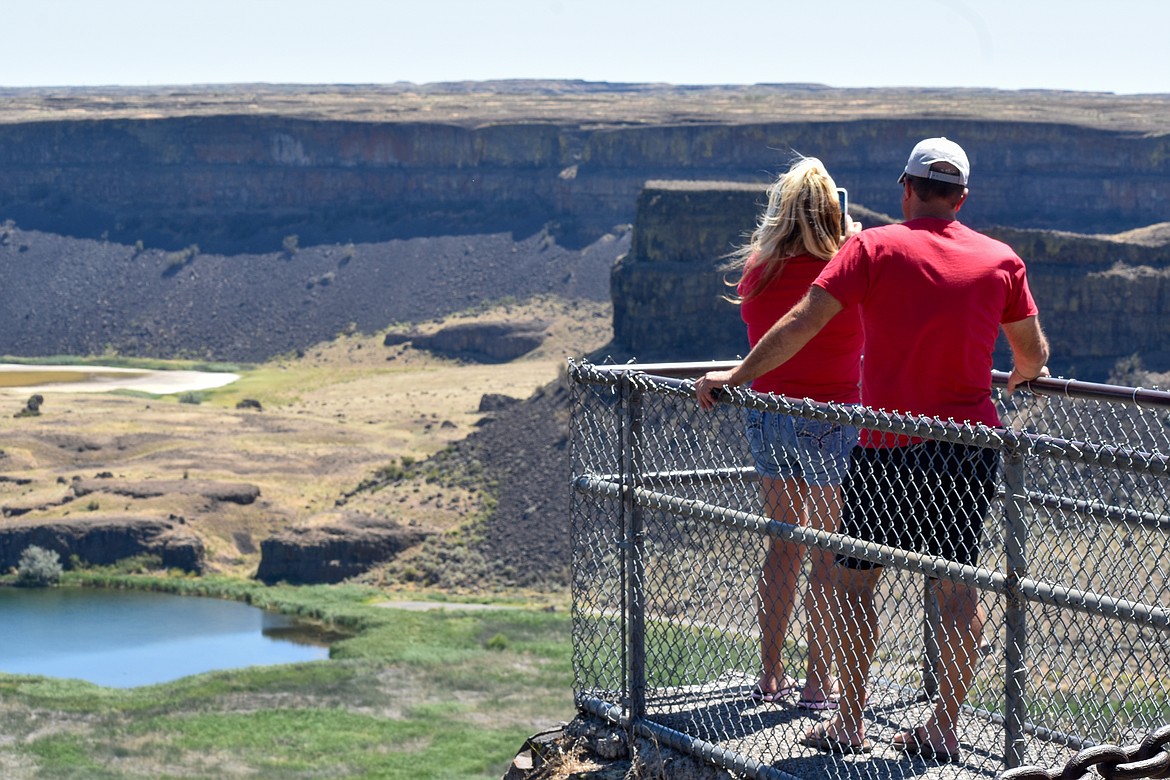Floodfest floods Dry Falls Visitor Center with guests
COULEE CITY — Ice Age Floodfest returned to the Dry Falls Visitor Center over the weekend, attracting a wide array of people interested in celebrating and learning more about the history of the unique geology of the area.
Become a Subscriber!
You have read all of your free articles this month. Select a plan below to start your subscription today.
Already a subscriber? Login








